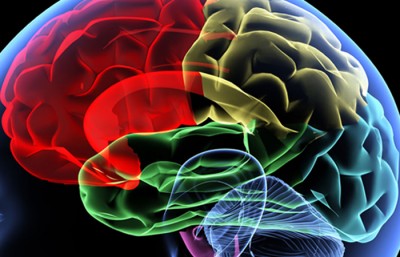People are capable of learning so much, yet how we learn is a mystery.
We recognize a dog as a dog, though no dog looks the same. We recognize when a person is angry, though people project anger differently. We know a soda bottle is a bottle, just like a wine bottle is a bottle, though they are shaped differently and made of different materials.
We know these things because we’ve learned them. But scientists are not sure how the brain enables us to learn. It’s a mystery that FIU psychologist Fabian Soto hopes to help uncover.
“We use our ability to learn so frequently in our daily lives that we take it for granted,” Soto said. “We don’t often think about how really complicated it actually is.”
Soto studies the neural and computational mechanisms of learning and how people categorize objects, while also studying casual learning. He spends part of his time studying people, trying to understand how they categorize things. But he also spends a great deal of time working on his computer, looking at complex mathematical equations and data sets. Though he categorizes his work as basic science, the complexity of his subject matter is far from basic. He hopes his research might someday influence psychology, computer science, medicine and countless other fields — basically any field that involves learning.
Computer face recognition is just one example.
“People would love to have a computer that can recognize faces as well as we do, for security and other uses,” Soto said. “Science has tried, but so far, it’s not been good enough. Human perception is still better.”
Yet, scientists don’t know exactly how humans are able to do it. Soto points out that the two most common things  that the average person looks at on a regular basis are words and faces. Humans are able to focus on some aspects of a face that improve recognition, while also ignoring more irrelevant information. Soto is interested in both what the brain includes and excludes when categorizing faces and other things.
that the average person looks at on a regular basis are words and faces. Humans are able to focus on some aspects of a face that improve recognition, while also ignoring more irrelevant information. Soto is interested in both what the brain includes and excludes when categorizing faces and other things.
Today, his work is conducted as part of a larger university initiative focused on cognitive neuroscience and imaging. Soto combines behavioral research with computational modeling and brain imaging (fMRI and EEG) to advance his research. He was recently awarded the American Psychological Distinguished Scientific Award for Early Career Contribution and selected as a “rising star” by the Association for Psychological Science.
“I came to FIU because there is a lot of excitement here around cognitive neuroscience, and because there is a highly collaborative environment where it’s easy to build bridges between basic and applied research” Soto said. “An important goal for any basic scientist should be to take their work and see it applied. For that, you need collaborations. My goal is to provide understanding about how people learn. With that, I’m hoping we can solve real problems. The only way people can truly change is through learning, so a better understanding of how we learn should be really helpful in solving problems involving human behavior.”







